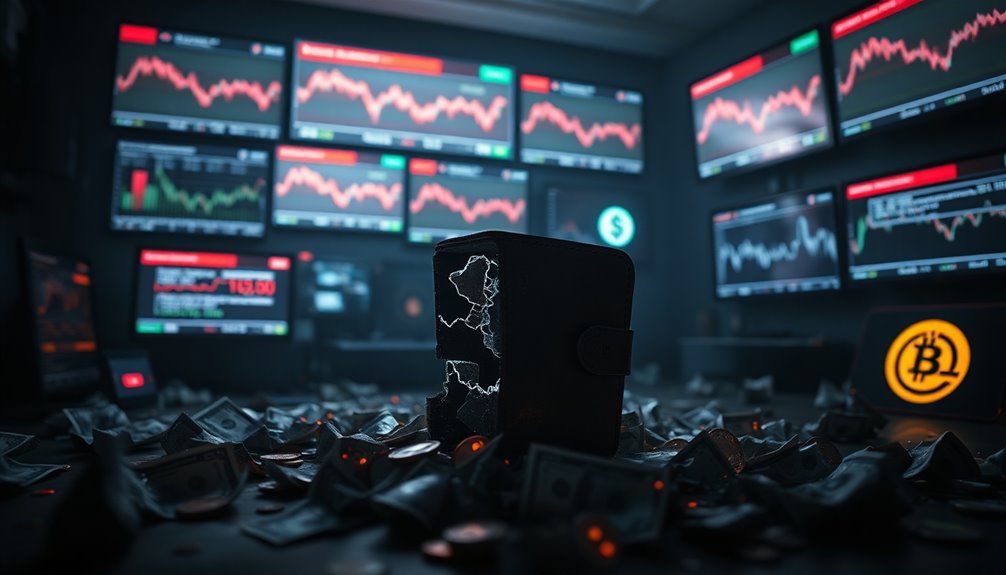You might not expect a meme coin to cause such significant losses, but that's exactly what happened with ROSS. A pricing error led to a staggering $12 million wiped from wallets linked to Ross Ulbricht. This incident reveals the fragility of decentralized finance and the risks of liquidity pools. As the dust settles, questions arise about the future of meme coins and the need for better safeguards in the crypto space. What comes next?

While the world of cryptocurrencies often promises high rewards, it can also expose investors to significant risks, as evidenced by the recent $12 million loss tied to the fan-made memecoin ROSS on the decentralized exchange Raydium. The loss stemmed from incorrect pricing in a liquidity pool, initially costing $1.5 million before a repeated mistake led to an additional $10.5 million loss. This incident demonstrates the volatility and unpredictability inherent in the crypto market, particularly with meme coins.
The exploitation of the liquidity pool by MEV bots played a crucial role in this incident. These bots took advantage of the initial pricing error, manipulating the market to their benefit. The lack of proper security measures allowed this exploitation to occur, highlighting vulnerabilities in decentralized exchanges like Raydium. Human error also contributed to the mistake, emphasizing the need for a greater understanding of decentralized finance (DeFi) technologies. The consequences of this trading blunder included a loss of $12 million, which further underscores the importance of careful liquidity management in the DeFi space.
Following the incident, the ROSS token price plummeted, and approximately 35% of its total supply was affected by the losses. Such significant fluctuations can shake investor confidence and prompt deeper scrutiny of decentralized exchanges. The crypto market thrives on innovation, but this event illustrates the inherent risks involved. It raises questions about the reliability and security of crypto transactions, especially in the realm of meme coins, where volatility is often amplified.
Moreover, the implications extend beyond individual losses. The incident may trigger heightened regulatory scrutiny of decentralized exchanges. As authorities consider the need for compliance and oversight, you might find yourself wondering how this could reshape the landscape of crypto trading. The erosion of market confidence can lead to a shift in public perception, as investors weigh the risks against potential rewards.
Looking forward, the lessons from this incident are clear. Implementing stringent risk management strategies is vital. You'll want to educate yourself about the risks associated with crypto trading, particularly regarding MEV bots and liquidity pool management.
It's critical to enhance security measures to prevent future losses, ensuring that similar incidents don't occur again. Regulatory compliance will also be essential in fostering trust and stability in the market. Finally, consider diversifying your investments to mitigate the impact of such losses on your overall portfolio. Balancing innovation with risk management will be key to navigating the ever-evolving crypto landscape.









